Alstroemeria Inca Replay
$3.11
Alstroemeria Inca Replay (Alstroemeria x ligtu) features gorgeous strong purple flowers from Spring through to Autumn. The Inca range of Alstroemeria are extremely compact making them ideal for pots and containers. Drought hardy and light frost tolerant they flower prolifically for up to nine months of the year. Alstremeria make very long lasting cut flowers so they are ideal for vases.
Out of stock
SKU: ALIINC313105T
Category: Uncategorized
About Of ALSTROEMERIA INCA REPLAY
Alstroemeria Inca Replay (Alstroemeria x ligtu) features gorgeous strong purple flowers from Spring through to Autumn. The Inca range of Alstroemeria are extremely compact making them ideal for pots and containers. Drought hardy and light frost tolerant they flower prolifically for up to nine months of the year.
Scientific Name: Alstroemeria hybrida
Blooming Season: Early Spring, Spring, Late Spring, Summer
Plant Habit: Mounded
Height: 20 – 25cm
Exposure: Sun
Benefits & Uses of ALSTROEMERIA INCA REPLAY
- Hardy and dwarf, with sturdy stems that require no staking. Long flowering and can be used as a cut flower. Creates a clump as matures.
- Alstroemeria is a low-maintenance perennial that produces big, dramatic blooms in a variety of vibrant colors from mid to late summer. The blooms are well suited for bouquets.
- Adding a breathtaking blast of color to the indoor environment.
- Hardy and dwarf, with sturdy stems that require no staking. Long flowering and can be used as a cut flower.
- The Inca range of Alstroemeria are extremely compact making them ideal for pots and containers. Drought hardy and light frost tolerant they flower prolifically for up to nine months of the year.
Things you need to know about Planting Alstroemeria Inca Replay
- Keep the soil moist, as Alstroemeria produces the most blooms with moist soil and may become dormant if the soil becomes too dry. Don’t allow the soil to remain soggy, as excessively wet soil causes rot and fungal disease. Water the plant lightly during periods of dry winter weather.
- Feed the plant in spring, using a general-purpose, time-release fertilizer. Apply the fertilizer at the rate recommended on the container and water the plant deeply to distribute the fertilizer. Repeat in midsummer and early autumn.
- Spread 2 to 3 inches of mulch such as compost or shredded bark around the plant in spring. Mulch enriches the soil, keeps the roots cool, and extends the blooming period. Replace the mulch as it decomposes or blows away.
- Pull the stems carefully after the blooms fade. Otherwise the blooms go to seed and blooming decreases. If the plants are immature and the stems don’t pull easily, cut them from the plant with pruning shears. However, pulling the stems is healthy for the plant because it stimulates new growth.
- Divide Alstroemeria during spring, summer or fall if an older plant begins to appear woody, overcrowded, or nonproductive. Dig up a clump and pull the tuberous roots into smaller sections, each with at least four or five healthy roots. Plant the smaller sections in well-drained soil and full or partial sunlight.
Be the first to review “Alstroemeria Inca Replay” Cancel reply
Related products
Uncategorized
$0.84
Uncategorized
$0.68
Uncategorized
$3.11
Uncategorized
$31.30
Uncategorized
$3.11
Uncategorized
$26.30
Uncategorized
$21.10
Uncategorized
$1.48

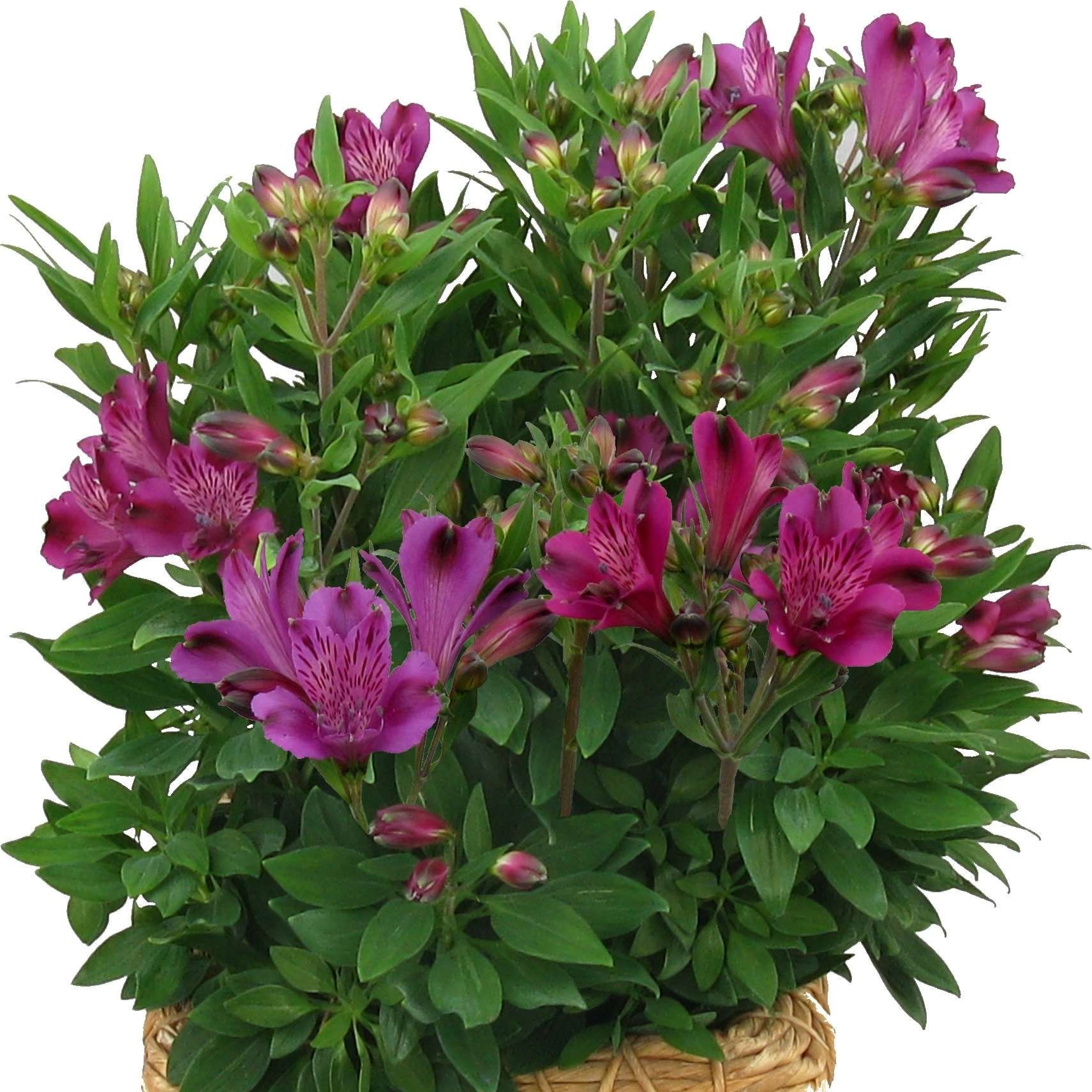


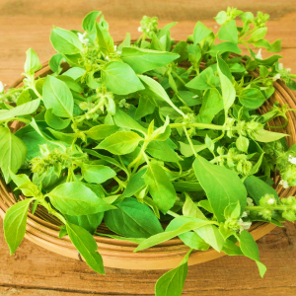
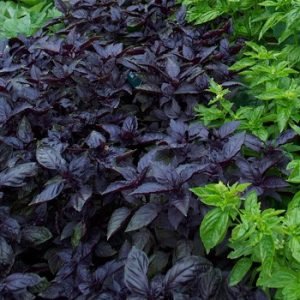
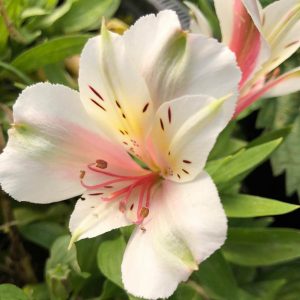
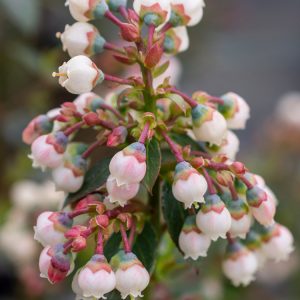
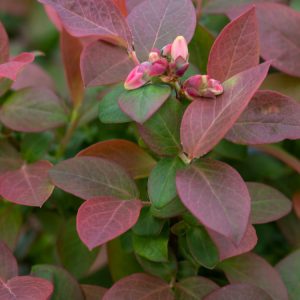
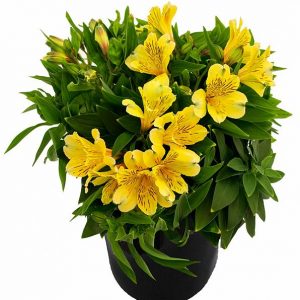
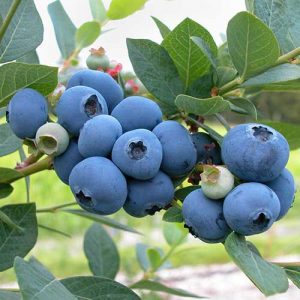
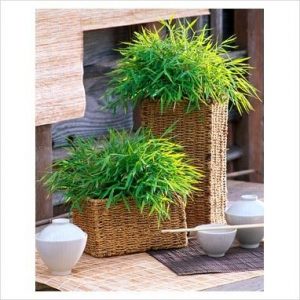
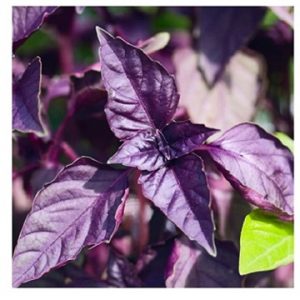
Reviews
There are no reviews yet.